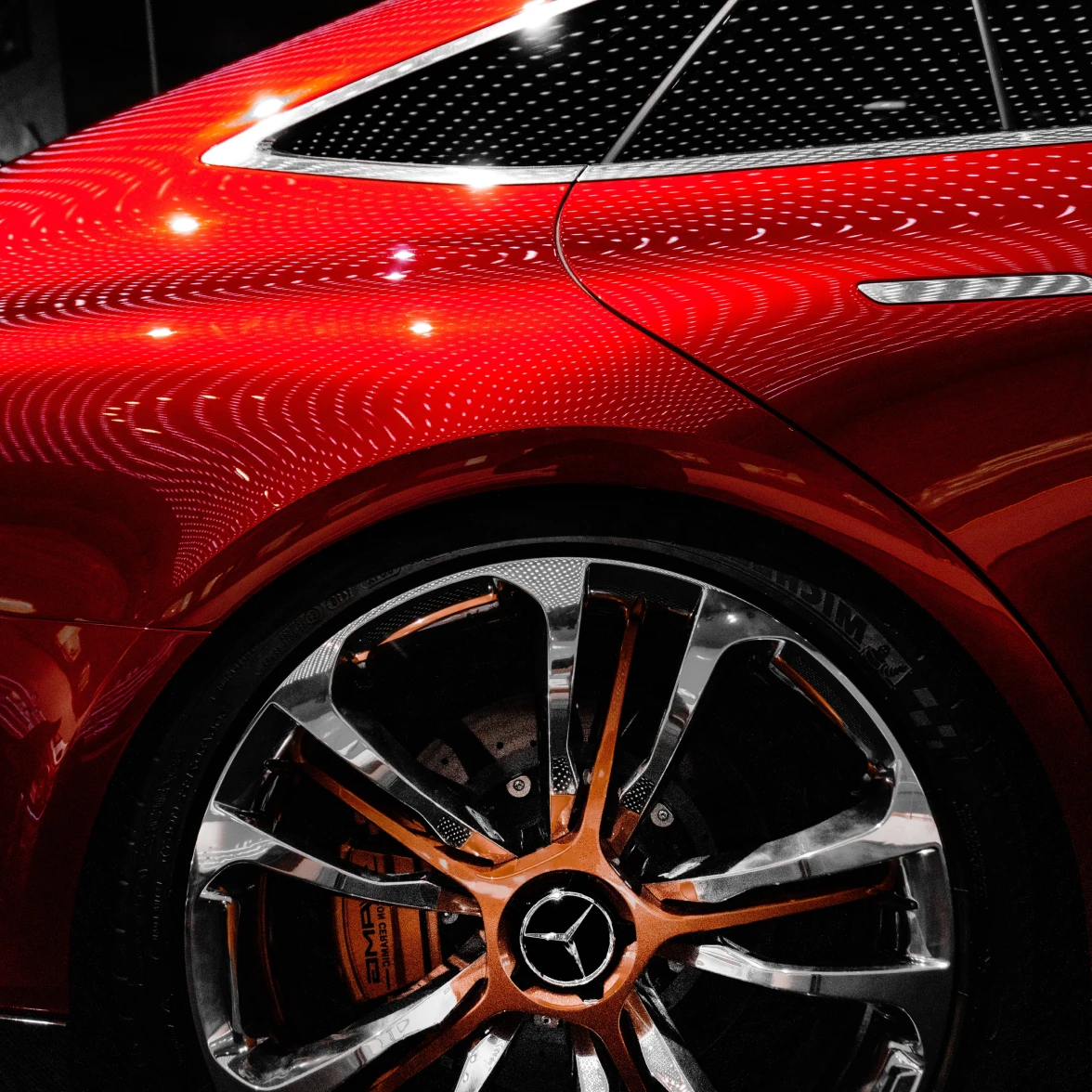Ignition Insight: The Novice’s Handbook to Jumpstarting Your Car

Have you ever found yourself in the unfortunate situation of a dead battery, stranded in a parking lot or on the side of the road? It’s a common problem that many drivers face at some point in their lives. But fear not! With a little knowledge and the right tools, you can jump-start your vehicle and be back on the road in no time. In this guide, we’ll walk you through the process step by step, so you can tackle this challenge like a seasoned pro, even if you’re a complete novice.
Step 1: Gather Your Tools
Before you begin, make sure you have the following items on hand:
- Jumper cables: These are heavy-duty cables with metal clamps on each end, used to transfer power from a good battery to a dead one. Make sure your cables are in good condition and free of any visible damage.
- A vehicle with a good battery: You’ll need another vehicle with a charged battery to jump-start your car. Make sure the donor vehicle is parked close enough to yours so the jumper cables can reach both batteries comfortably.
Step 2: Position the Vehicles
Park the donor vehicle close enough to your car so that the jumper cables can easily reach both batteries. Make sure both cars are in park or neutral with their engines turned off. Also, ensure that the two vehicles are not touching each other.
Step 3: Identify the Batteries
Pop the hood of both vehicles and locate the batteries. In most cars, the battery is located under the hood, either on one side or in the center. Once you’ve found the batteries, identify the positive (+) and negative (-) terminals.
Step 4: Connect the Jumper Cables
Now it’s time to connect the jumper cables:
- Connect one end of the red (positive) cable to the positive terminal of the dead battery.
- Connect the other end of the red cable to the positive terminal of the good battery.
- Next, connect one end of the black (negative) cable to the negative terminal of the good battery.
- Finally, connect the other end of the black cable to an unpainted metal surface on the engine block of the dead vehicle. This serves as a grounding point and helps prevent sparking.
Step 5: Start the Donor Vehicle
With all the cables properly connected, start the engine of the donor vehicle and let it run for a few minutes. This will allow the battery to transfer some charge to the dead battery.
Step 6: Start the Dead Vehicle
After letting the donor vehicle run for a few minutes, try starting the dead vehicle. If it starts successfully, congratulations! You’ve successfully jump-started your car.
Step 7: Remove the Jumper Cables
Once the dead vehicle is running, carefully remove the jumper cables in the reverse order of how you connected them:
- Remove the black cable from the engine block of the dead vehicle.
- Remove the black cable from the negative terminal of the donor vehicle’s battery.
- Remove the red cable from the positive terminal of the donor vehicle’s battery.
- Finally, remove the red cable from the positive terminal of the dead battery.
Step 8: Let the Engine Run
After removing the jumper cables, let the engine of the previously dead vehicle run for a few minutes to allow the battery to recharge.
And there you have it! You’ve successfully jump-started your vehicle like a pro. Remember to drive around for a bit to recharge your battery fully, and consider getting it checked by a professional to ensure there are no underlying issues causing it to die. With this newfound knowledge, you’ll be prepared to tackle any dead battery situation that comes your way. Safe travels!
